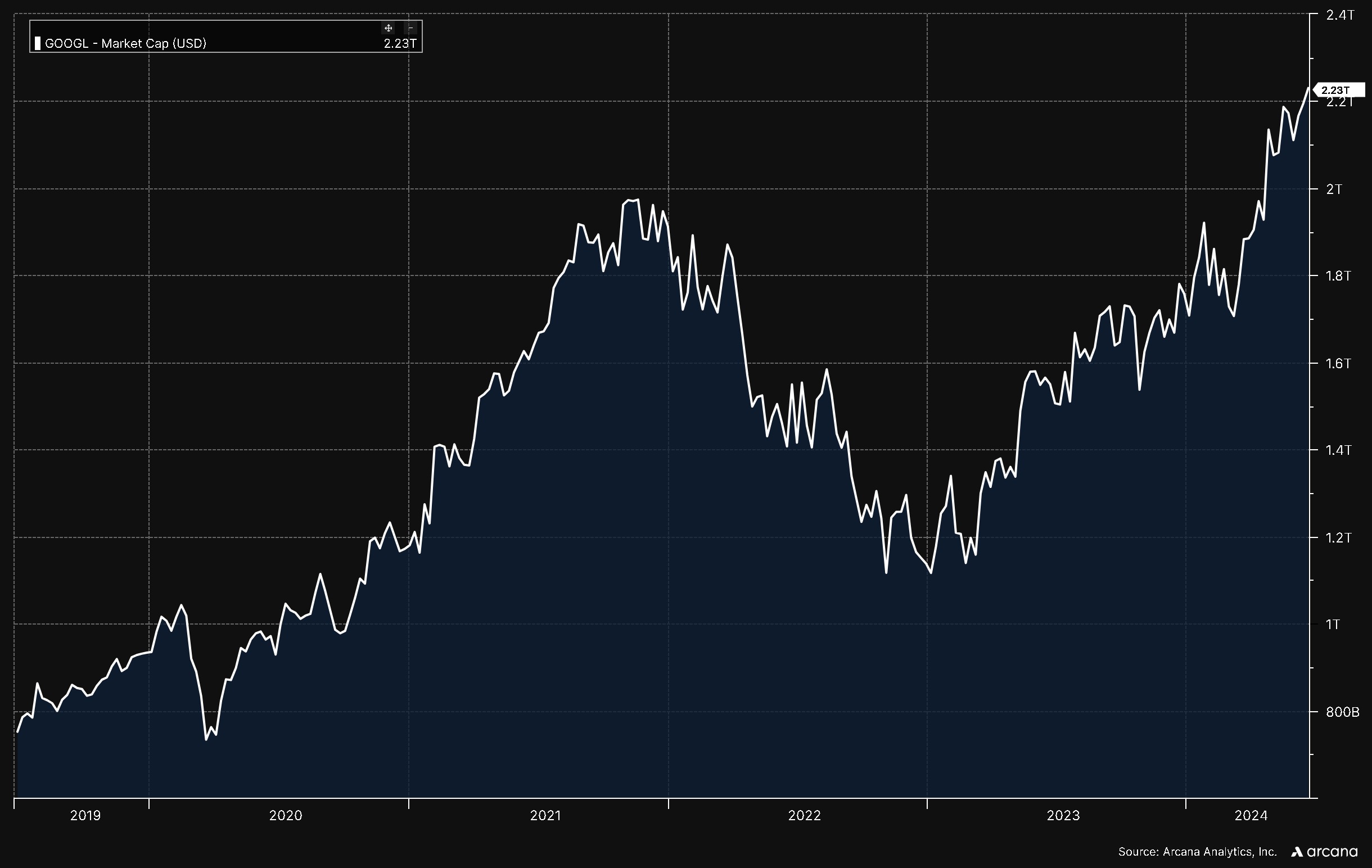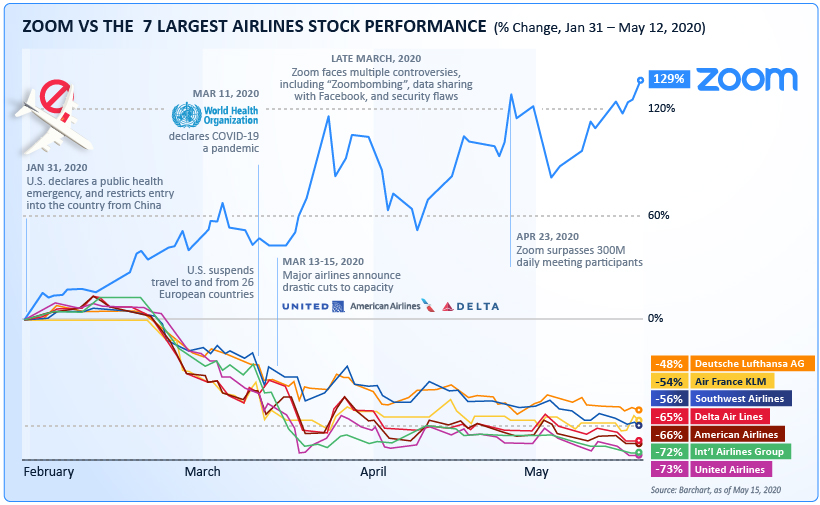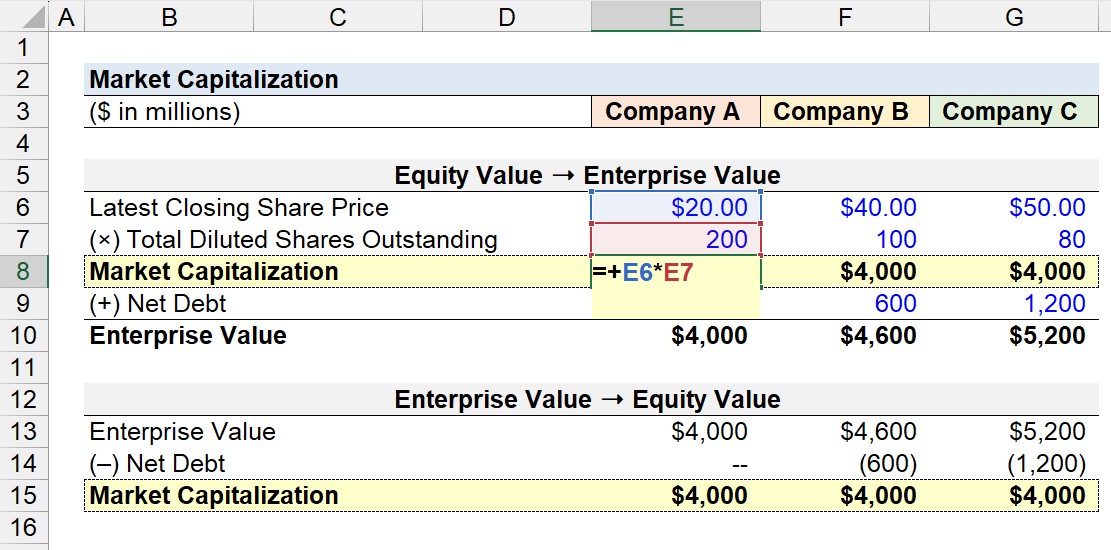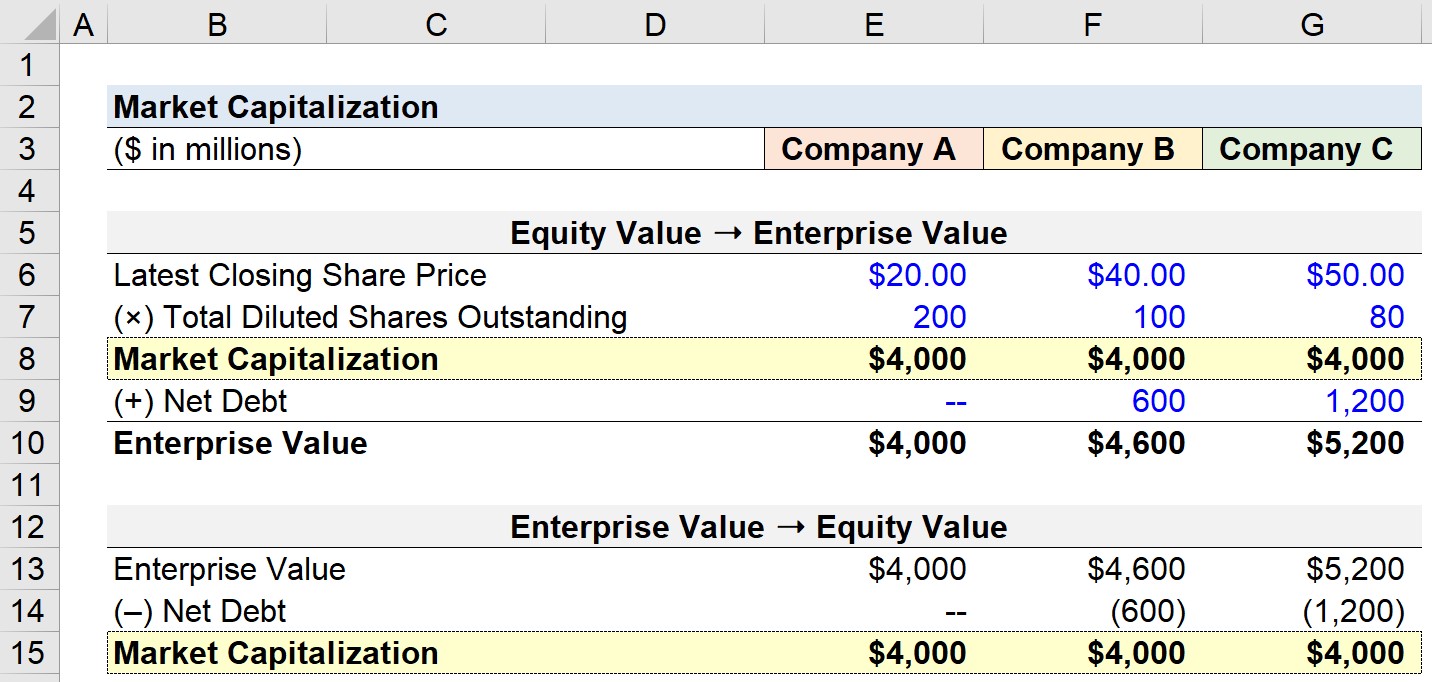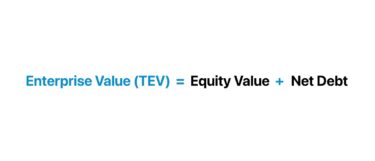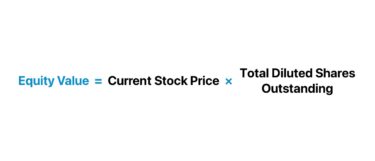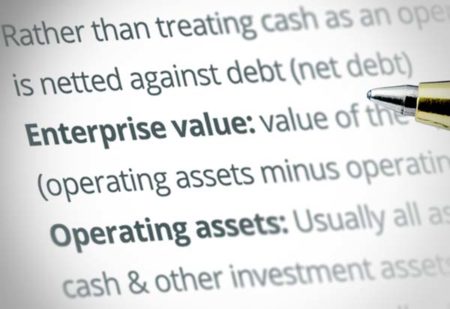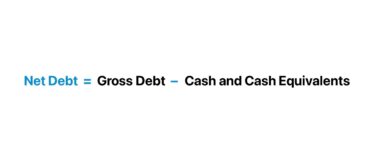- What is Market Cap?
- How to Calculate Market Capitalization
- Market Cap Formula
- How to Calculate Market Capitalization from Enterprise Value
- Enterprise Value vs. Market Value of Equity: What is the Difference?
- Zoom (ZM) vs. Largest Airlines: Market Cap Analysis Example
- Market Capitalization: What are the Different Categories?
- Market Cap Calculator — Excel Template
- 1. Stock Price and Shares Outstanding Assumptions
- 2. Market Cap Calculation Example
- 3. Equity Value to Enterprise Value Bridge
- 4. Market Capitalization Calculation Example
What is Market Cap?
The Market Cap—or “Market Capitalization”—is the total value of a company’s equity from the perspective of its common shareholders.
Often used interchangeably with the term “equity value,” a company’s market capitalization measures the value of its common equity as of the latest market close.
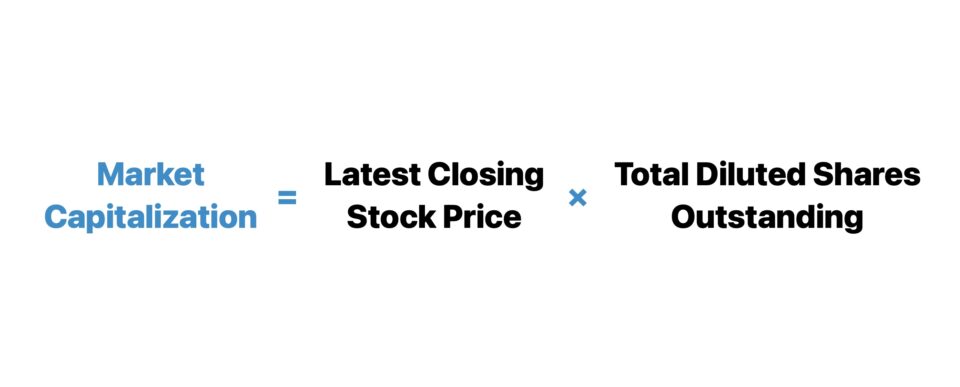
- The market cap, short-form for “market capitalization”, is the total value of a company's common shares outstanding to its equity holders.
- The market cap measures the value of a company’s common equity as of the latest market closing date.
- The formula to calculate a company's market capitalization multiplies the total number of diluted outstanding shares by the latest market price at the present date.
- The difference between the market capitalization and enterprise value is that the market cap reflects the value of only the equity of the company, rather than all capital sources such as debt.
How to Calculate Market Capitalization
The market capitalization metric, often abbreviated as “market cap”, represents the total value of a company’s equity, most often measured to analyze the valuation of publicly-traded companies.
Otherwise, if the company is private—i.e. if its shares of ownership are not publicly traded on the stock markets—the value of its equity should be referred to as equity value instead.
When equity analysts and investors discuss the value of companies, two of the most frequently used terms are “equity value” and “enterprise value”, which are briefly explained below:
- Equity Value (Market Capitalization) ➝ The value of the company to the owners of its common equity (i.e. the common shareholders)
- Enterprise Value (TEV) ➝ The value of the operations of the company to all stakeholders – or, said differently, the value of a company’s operating assets minus its operating liabilities
Enterprise Value vs. Equity Value Illustration
Market Cap Formula
To calculate the market capitalization of a company, the company’s latest closing share price is multiplied by its total number of diluted shares outstanding.
Where:
- Latest Closing Share Price ➝ The market price of the company’s equity expressed on a per share basis as of the present date (or the latest closing date).
- Total Diluted Shares Outstanding ➝ The common share count is determined on a fully diluted basis, which means the potential net dilution of options, warrants, and other mezzanine financing instruments like convertible debt and preferred equity securities were incorporated via the treasury stock method (TSM). If not, there is the risk that the market capitalization calculated is lower than it actually is, as there would be share issuances left unaccounted for.
How to Calculate Market Capitalization from Enterprise Value
Under an alternative approach, we can calculate the market cap by subtracting net debt from the enterprise value of the company.
For privately held companies, this particular approach is the only viable method to compute equity value, as these companies do not have a readily available public share price.
To get from the enterprise value of a company to its equity value, you must first subtract net debt, which can be calculated in two steps:
- Calculate Gross Debt → Gross debt is the sum of all debt and interest-bearing securities
- Subtract Cash and Cash Equivalents → Net debt is equal to gross debt deducted by cash and highly liquid, cash-like assets such as marketable securities and commercial paper.
Where:
- Net Debt = Gross Debt – Cash and Cash Equivalents
In effect, the formula isolates the value of the company belonging solely to common equity shareholders, which should exclude debt lenders, as well as preferred equity holders.
Under the treasury stock method (TSM), the common share count factors in the exercise of potentially dilutive securities, resulting in a higher number of total common shares.
While the treatment of these securities can be specific to the firm or individual, if an option tranche is “in-the-money”—i.e. there is an economic incentive to execute the options—so, the option or related security is assumed to be executed.
However, in recent years, the industry norm has shifted towards more conservatism by taking into account all potentially dilutive securities issued, no matter if they are currently in or out of the money.
The proceeds received by the issuer as a result of the exercise are then assumed to be used to repurchase shares at the current share price, which is done to minimize the net dilutive impact.
Enterprise Value vs. Market Value of Equity: What is the Difference?
The difference between the conceptual meaning of enterprise value (TEV) and the market value of equity (MVE) is as follows.
- Enterprise Value (TEV) → The enterprise value is the value of the operations of a company to all capital providers with claims, such as common shareholders, preferred shareholders, and lenders of debt.
- Market Value of Equity (MVE) → On the other hand, the market value of equity, or “equity value”, represents the residual value left to only equity holders.
While enterprise value is considered “capital structure neutral” and unaffected by financing decisions, equity value is directly affected by financing decisions (post-interest). Therefore, enterprise value is independent of the capital structure, unlike equity value.
For example, Alphabet Inc. (GOOGL) reported a value of $292.8 billion in stockholders’ equity on its most recent balance sheet (Q1-24). However, Alphabet’s market cap is currently around 2.23 trillion, per data platform Arcana.
Alphabet Inc. Historical Equity Value Chart (Source: Arcana Analytics)
Zoom (ZM) vs. Largest Airlines: Market Cap Analysis Example
Expanding further on the concept of equity value vs. enterprise value, many retail investors in early 2020 were astonished that Zoom (NASDAQ: ZM), the video conferencing platform that benefited from COVID-19 tailwinds, held a higher market cap than seven of the largest airlines combined at one point.
- Unfavorable Secular Trends ➝ One explanation is that the market caps of the airline companies were temporarily compressed due to travel restrictions and uncertainty surrounding the global lockdowns.
- Pending Government Bailout ➝ The U.S. government bailout has not yet been announced for investor sentiment to stabilize the airline industry.
- Capital Structure (% Debt) ➝ Another consideration is that airlines are significantly more mature and thus hold significantly more debt on their balance sheets. Industries that exhibit stable, low growth tend to have more non-equity stakeholders in their capital structures (i.e. debt lenders).
- Competitive Analysis ➝ The airline industry is well-known for its monopoly-like nature, in which only a handful of companies have a firm grasp of the market, with minimal threats from smaller players or new entrants.
- Enterprise Value vs. Equity Value ➝ The capital structure inherent to the airline industry—a function of the asset-heavy business model, high barriers to entry, and oligopolistic market structure—is the cause of the misinformed notion that the valuation of Zoom (ZM) exceeded the top 7 airlines combined. Given the minimal credit risk of providing debt to an airline, the outsized reliance on debt relative to equity to fund operations should be intuitive (i.e. the cost of debt is less than the cost of equity).
The caveat to financing via more debt is a reduction in equity value, all else being equal.
Furthermore, the share price (and thus, equity value) of a company could perhaps drop once the news surrounding the capital raise is out in the public domain.
But returning to the main issue at hand: the enterprise value is independent of the capital structure, which is the distinction neglected by the media (CNBC).
Market Capitalization of Zoom vs. Top 7 Airlines (Source: Visual Capitalist)
The Wharton Online & Wall Street Prep Applied Value Investing Certificate Program
Learn how institutional investors identify high-potential undervalued stocks. Enrollment is open for the Feb. 10 - Apr. 6 cohort.
Enroll TodayMarket Capitalization: What are the Different Categories?
Frequently, equity analysts and investors following the public equities market will describe companies using industry jargon, such as “large-cap”, “mid-cap,” or “small-cap”.
The different market capitalization categories are based on the size of the company in question and which group it falls under, given the following criteria per guidance from FINRA:
| Category | Criteria |
|---|---|
| Mega-Cap |
|
| Large-Cap |
|
| Mid-Cap |
|
| Small-Cap |
|
| Micro-Cap |
|
Market Cap Calculator — Excel Template
We’ll now move on to a modeling exercise, which you can access by filling out the form below.
1. Stock Price and Shares Outstanding Assumptions
Suppose we’re tasked with calculating the market capitalization and the enterprise value of three different companies that operate in the same (or adjacent) industry.
Each company has the following financial profiles:
Company A Financials
- Latest Closing Share Price = $20.00
- Total Diluted Shares Outstanding = 200 million
Company B Financials
- Latest Closing Share Price = $40.00
- Total Diluted Shares Outstanding = 100 million
Company C Financials
- Latest Closing Share Price = $50.00
- Total Diluted Shares Outstanding = 80 million
2. Market Cap Calculation Example
The market capitalization for all three companies can be calculated by multiplying the share price by the total diluted shares outstanding.
- Market Cap, Company A = $20.00 × 200 million = $4 billion
- Market Cap, Company B = $40.00 × 100 million = $4 billion
- Market Cap, Company C = $50.00 × 80 million = $4 billion
Note that although it is not explicitly broken out here, the weighted average of the diluted share count should be used when calculating the market cap of companies.
Upon performing the same process for all three companies, we get $4bn as the market cap for all three companies, despite the different share prices and diluted shares outstanding assumptions.
3. Equity Value to Enterprise Value Bridge
In the next part of our tutorial, we’ll calculate the enterprise value starting from the market cap or equity value.
The simplest calculation of enterprise value is market capitalization plus net debt.
Regarding each company’s net debt figures, we’ll use the following assumptions:
Net Debt
- Net Debt, Company A = $0 million
- Net Debt, Company B = $600 million
- Net Debt, Company C = $1.2 billion
Once we add the $4 billion in market cap to the corresponding net debt value of each company, we get different enterprise values for each.
Enterprise Value (TEV)
- Total Enterprise Value (TEV), Company A = $4.0 billion
- Total Enterprise Value (TEV), Company B = $4.6 billion
- Total Enterprise Value (TEV), Company C = $5.2 billion
The important takeaway is the impact of different capital structures – i.e. the net debt amount – on equity value and enterprise value.
Since we know that equity value is NOT capital structure neutral while enterprise value IS capital structure neutral, it’d be a costly mistake to assume that each company is worth the same value based solely on their equivalent market caps of $4 billion.
Despite their identical market caps, Company C has an enterprise value that is $1.2bn greater than that of Company A in comparison.
However, the fact that Company C’s enterprise value exceeds that of Company A does not imply that the addition of debt to the capital structure increases its enterprise value.
Instead, raising debt financing – all else being equal – should have a neutral impact on enterprise value because the cash proceeds raised by the debt issuance are net against the gross debt, i.e. “net debt”.
4. Market Capitalization Calculation Example
In the final section of our tutorial, we’ll practice the calculation of market cap starting from enterprise value.
After linking the enterprise values for each company from the prior steps, we’ll subtract net debt amounts this time around to arrive at the market value of equity.
The market capitalization formula is simply the enterprise value minus net debt. But since we have switched the sign convention when linking to the hard-coded values, we can just add the two cells.
In conclusion, the market cap we are left with for each company is $4bn again, confirming that our prior calculations were correct.
- Market Cap, Company A = $4 billion – $0 million = $4 billion
- Market Cap, Company B = $4.6 billion – $600 million = $4 billion
- Market Cap, Company C = $5.2 billion – $1.2 billion = $4 billion


